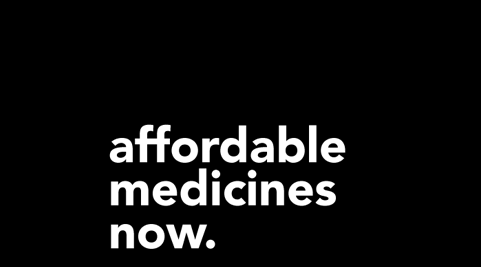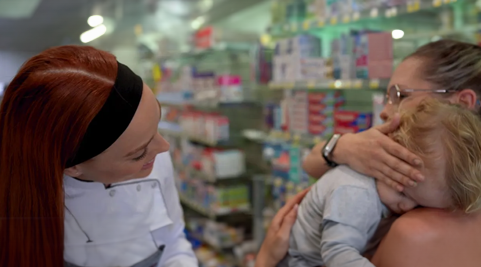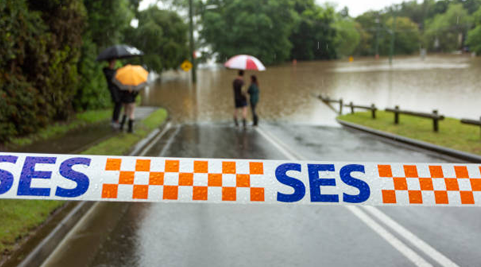Cate Whalan has been a pharmacist since 1995 and is part of the first tranche of pharmacists to undergo training and education for the Queensland scope of practice pilot due to be rolled out in March.
As her group nears completion of their training, she reflects on what it’s been like.
“It is hard work, but the majority (of us) are really enjoying the education, especially the clinical aspects,” she says.
“I have been excited by the opportunity for professional development. Some of the training is good revision, some is updating me on new developments and best practice, and some is new material I hadn’t expected to benefit so much from.”
She says frustration at turning her patients aways because of regulations preventing pharmacists treating everyday health conditions is what motivated her to put her hand up to be part of the pilot.
“Every Australian deserves to access relevant treatments earlier and healthcare team members like pharmacists can triage referrals so that General Practice and Emergency Department presentations are optimised for the right case at the right time at the right place.”
So how does Cate juggle training and education at James Cook University with running and owning a pharmacy?
“I really value the self-paced style of assessments and moving through the modules. I don’t think I would have coped with the more traditional tertiary, lecture, tutorial-based style of my early learning,” Cate says.
“Both Queensland University of Technology and James Cook University have adopted a flexible, adult learning approach that can tailor the education.”
She warns others not to confuse the depth and thoroughness of the training with scope of practice itself.
“The education at the moment covers 17 conditions, and you might be daunted as to how this will be incorporated into your day-to-day practice. Once qualified and after the pilot, you will have the opportunity to decide which elements to develop into your profession for your community at your pharmacy.”
Despite campaigns by doctors’ groups against pharmacists working to their full scope she says a feature of the education is the collaboration between doctors on the ground and in training for the pilot.
“The involvement of GPs in the design of the program, delivery of the education, and our 120 hours of practice has exceeded expectations. It gives the participants and should give the whole profession and the community confidence in the standard of the protocols and education,” says Cate.
With the rollout likely just months away, Cate says there is an unstoppable momentum behind it.
“I encourage any pragmatists or pessimists to plan for it. There is a momentum behind this toward mainstream…plan for this evolution or you and your pharmacy might also be left behind.”
And she has this piece of advice for pharmacists in other states and territories which are not up to the same speed as Queensland when it comes to scope.
“Get excited and move to North Queensland! And if you can’t move to North Queensland just…get excited!
“This is a once in a generation change to our professional opportunities.
“Sure, face the elephant in the room head on – it is a bit of work, but we owe the formal recognition of competencies to our patients.
“And for this specified range of conditions, working to the same standard as the other health professions will be fundamental to our credibility and confidence.”


